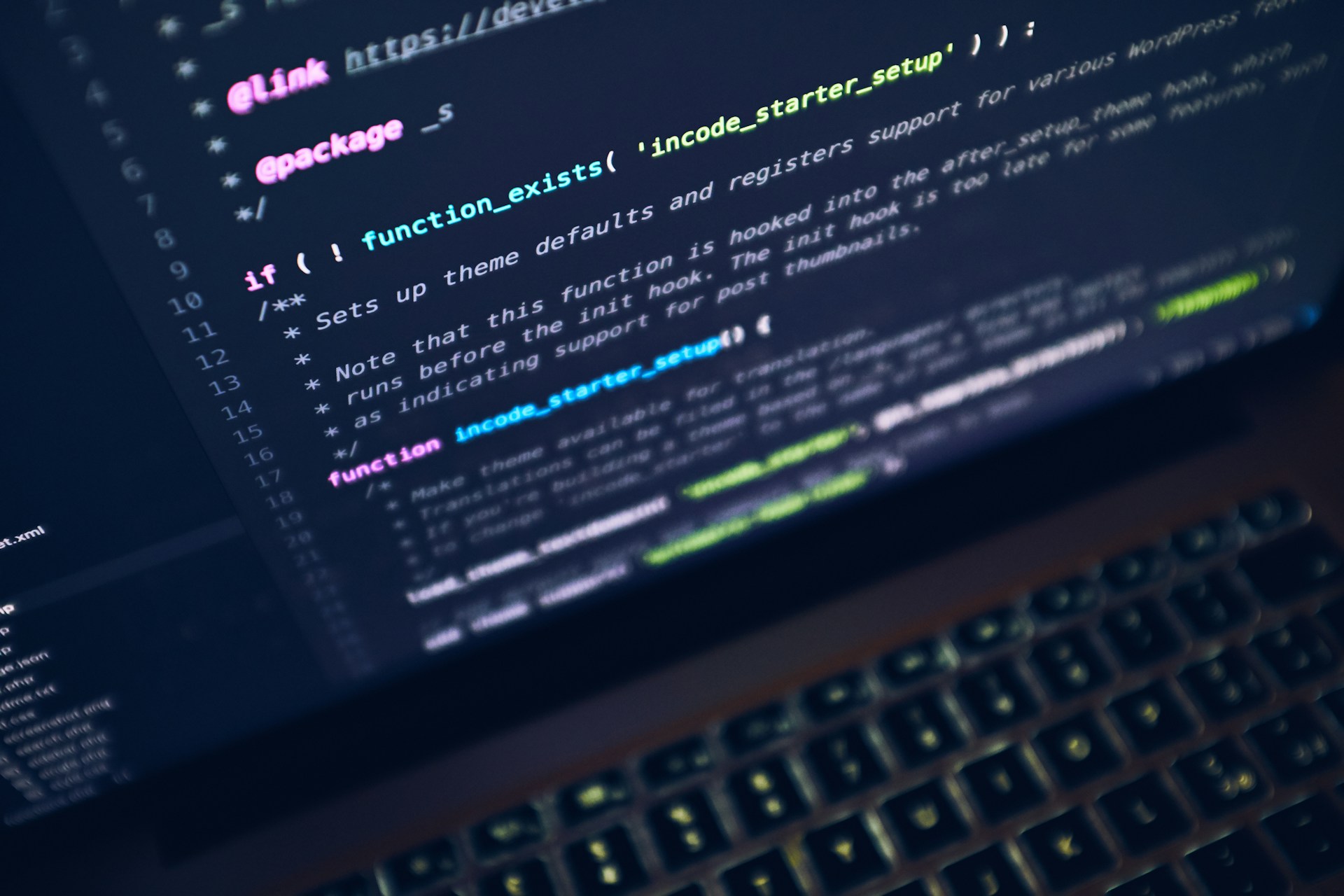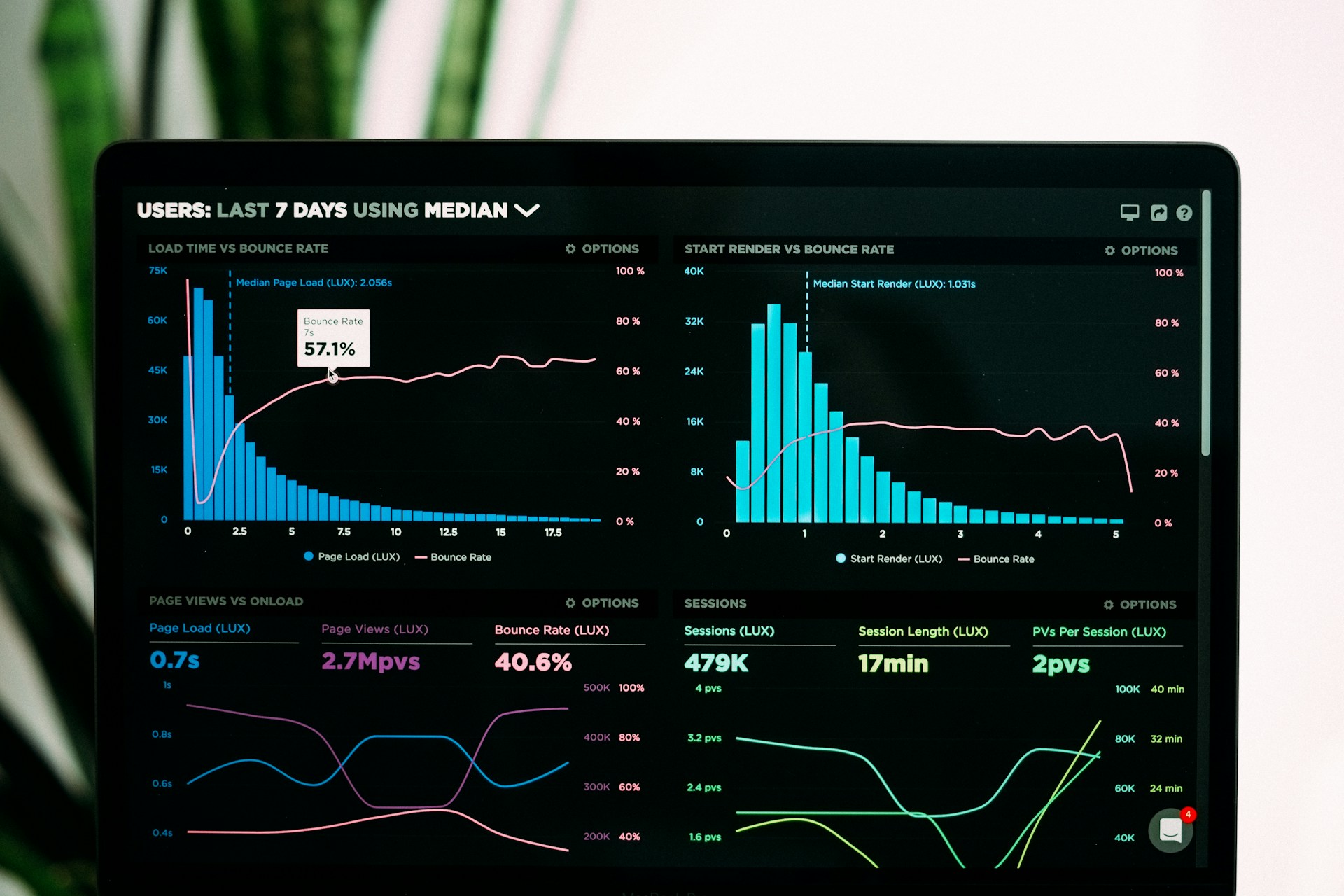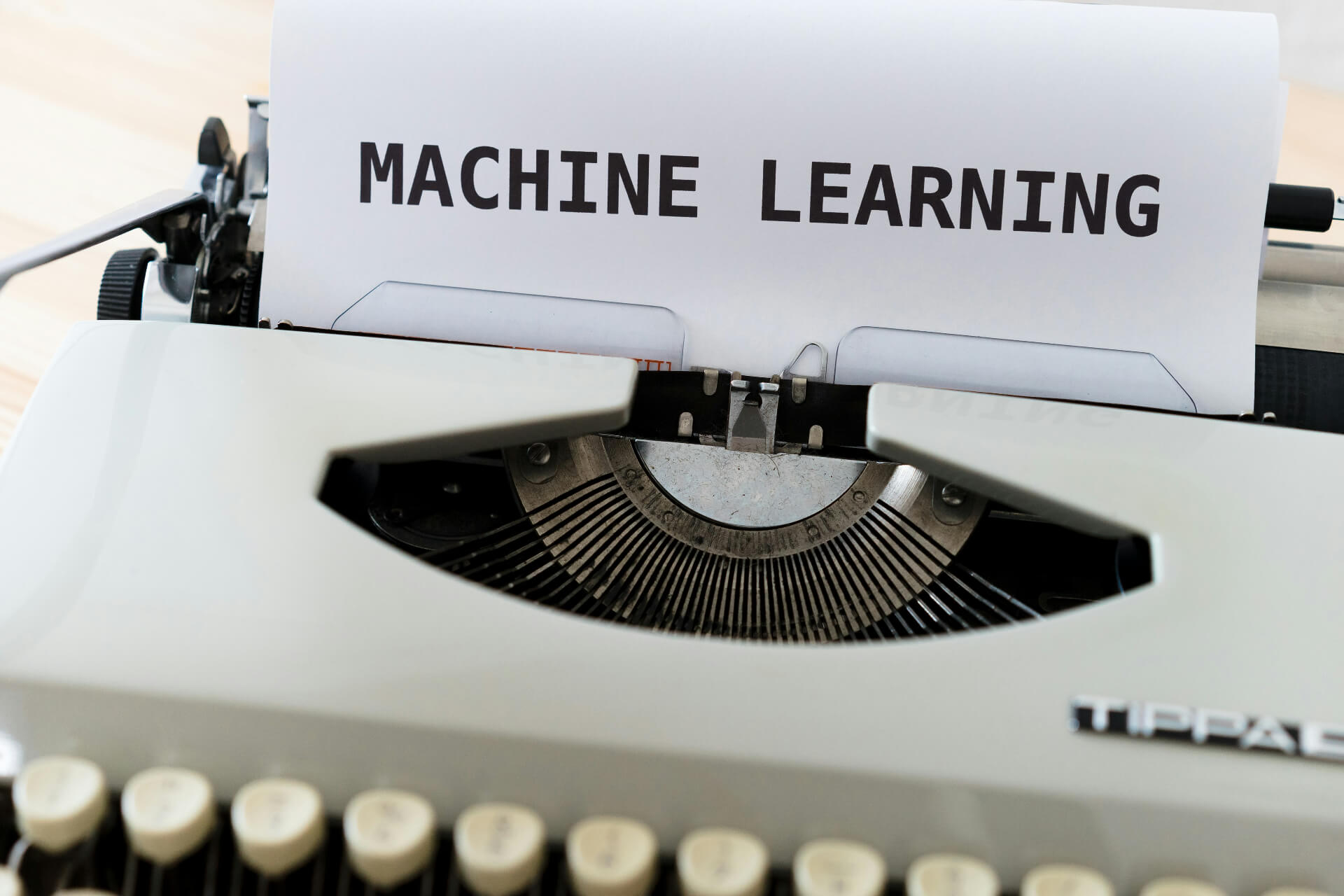
The 10 Best Deep Learning Books for Coders
February 26, 2023 - Revolutionized Team
Revolutionized is reader-supported. When you buy through links on our site, we may earn an affiliate commission. Learn more here.
Deep learning is a subset of machine learning. By feeding deep learning algorithms a large amount of data in the form of images, they can learn to recognize different objects, scenes and people. It’s useful for everything from training self-driving cars to analyzing chest X-rays. For people who want to lay the groundwork before diving into deep learning coding, here are the 10 best deep learning books that explain the core concepts.
1. A Visual Introduction to Deep Learning by Meor Amer
This book uses clear, simple graphics to illustrate different deep learning topics like precision and recall. The text clarifies what the images cannot. Although it is an introductory book, it goes into great detail on the core concepts and potential applications of deep learning.
This book uses very little math, and, for the sake of consistency, it employs the same dataset in each illustration. It covers feedforward neural networks and the different variants of neural networks, including convolutional, recurrent and generative.
2. Machine Learning for Hackers by Drew Conway and John Myles White
This book is geared toward experienced programmers looking to break into deep learning for the first time. It uses R programming language and gives a lot of introduction to using R. The book employs case studies, rather than math-heavy lectures, as examples to teach machine learning and statistics.
Each chapter covers a different problem, such as optimization, recommendation or classification, and it’s useful for programmers from any background.
3. Deep Learning by Ian Goodfellow, Yoshua Bengio and Aaron Courville
For those wanting to learn a broad range of topics on the subject of deep learning, this book is ideal. It describes several deep learning techniques including regularization, deep feedforward networks, practical methodology and sequence modeling. The book also goes into great mathematical detail and covers information theory, numerical computation, probability theory and linear algebra. It discusses research perspectives as well.
It’s a great book for students who want to go into programming or research, and for software engineers who want to start doing deep learning programming.
4. Deep Learning From Scratch: Building with Python from First Principles by Seth Weidman
Software engineers and data scientists with some prior knowledge of machine learning will benefit from this book. It explains how neural networks operate, giving working code examples and math-based explanations along the way.
This book teaches readers how to apply multilayer, convolutional and recurrent neural networks from scratch. It implements these concepts using the PyTorch framework.
5. Deep Learning by John D. Kelleher
This introductory deep learning book gives a broad overview of the topic. It explains the uses of the technology, such as speech recognition, driverless cars and the extraction of useful info from a huge dataset.
The book covers the history of the field and where it currently stands. It also introduces the core concepts of deep learning, as well as two algorithms — gradient descent and backpropagation — that are critical for programmers to understand.
6. Deep Learning With Python by Francois Chollet
Using easy-to-understand explanations and examples, this book explores difficult concepts and applications for deep learning in generative models, computer vision and natural language processing. It teaches deep learning from first principles.
The book uses Python, and readers need an intermediate understanding of this programming language to navigate it. It explains how readers can set up their own deep learning environments, and covers neural style transfer, image generation and text generation.
7. Deep Learning in Production by Sergios Karagiannakos
An in-depth book that teaches readers how to build and use efficient data pipelines, unit test and debug machine learning code, write deep learning code and more, Deep Learning in Production is geared toward software engineers. Other people who could benefit from this book include machine learning researchers, data scientists and engineers.
The book uses a number of tools, including Tensorflow, uWSGI, Flask, Nginx and more. It describes the best practices for building scalable machine learning applications.
8. Deep Learning: A Visual Approach by Andrew S. Glassner
For visual learners just breaking into the field of deep learning, this book gives a useful introductory explanation. It doesn’t get into complex math or programming, so it’s best for people who have no prior knowledge of the topic and want to start with the very basics.
This richly illustrated book uses analogies and real-world examples to cover concepts like image classification systems, text generators, probabilities and machine learning techniques. It also explains how deep learning algorithms learn to play games and eventually beat human players.
9. Practical Deep Learning: A Python-Based Introduction by Ronald T. Kneusel
For readers who have at least a basic understanding of programming and high school math, this book discusses how neural networks function and how to train them. It guides readers through building a deep learning model from the ground up, using convolutional neural networks and how to use machine learning models.
Some of the classic models it covers include Random Forests, Support Vector Machines and k-Nearest Neighbors. It provides readers with a foundation so they can start diving into the topic of deep learning.
10. Inside Deep Learning: Math, Algorithms, Models by Edward Raff
This book is for programmers who know Python and already have basic machine learning skills. It teaches readers how to use deep learning with PyTorch, understand the lingo associated with deep learning, learn how algorithms and models work, explore neural networks and train a deep learning model.
This book uses plain English to explain complex concepts and tools. It’s light on math, and gives several useful PyTorch examples. It also clarifies the theories and practical applications of deep learning. Some of the topics the author covers include common design building blocks, autoencoding and self-supervision. It also goes into detail about attention mechanisms, recurrent neural networks and network design alternatives to RNNs.
Deep Learning Books for Every Skill Level
Programmers getting started in the field of deep learning can have varying skill levels, ranging from beginners to more advanced learners with an AI background. No matter where a coder falls on the spectrum of knowledge, there are books that can help them understand deep learning.
Revolutionized is reader-supported. When you buy through links on our site, we may earn an affiliate commission. Learn more here.







